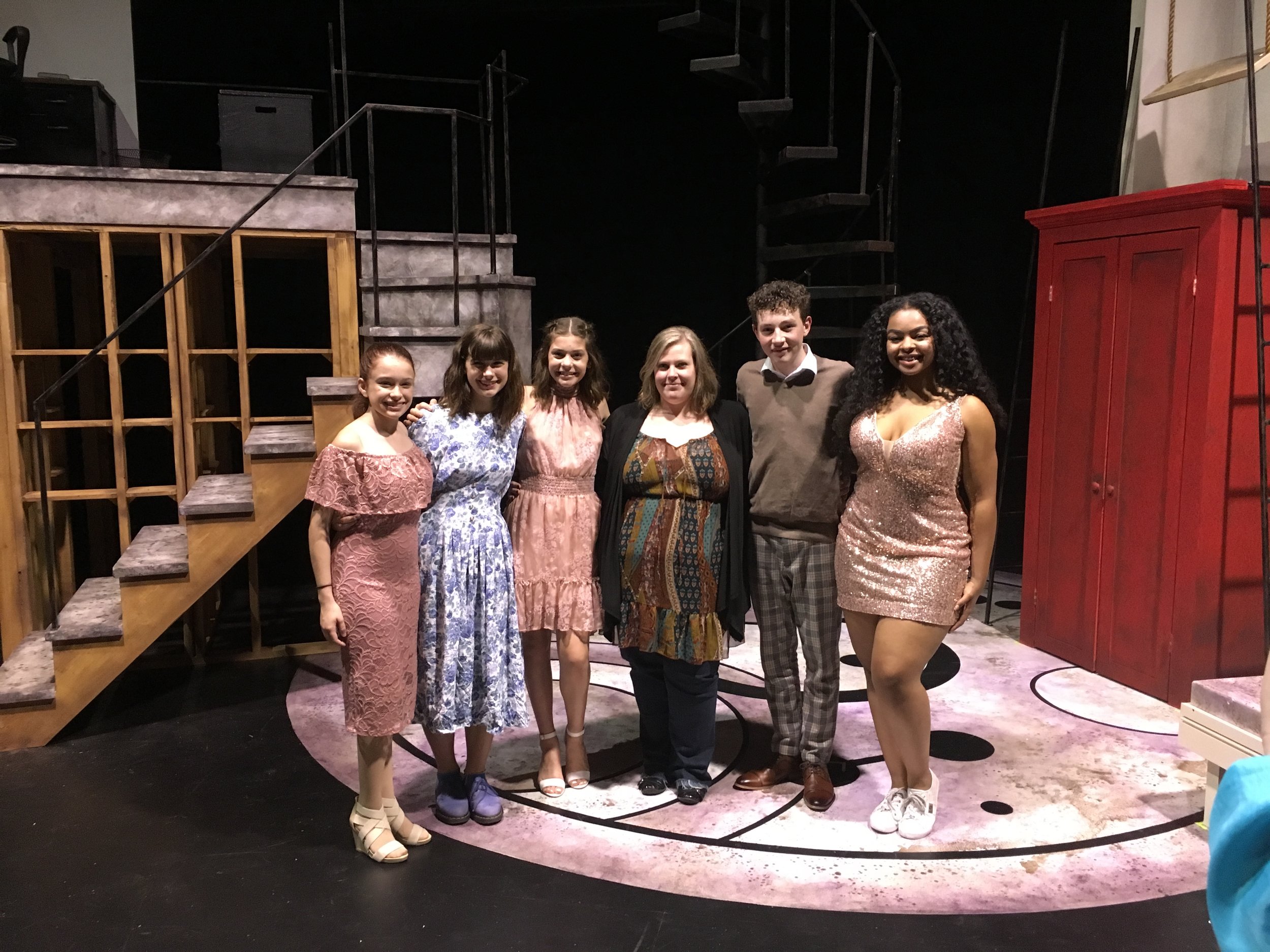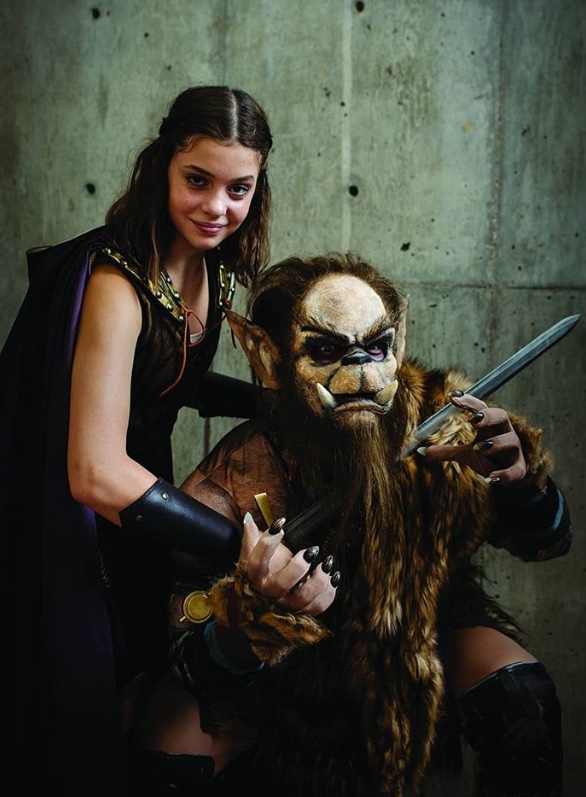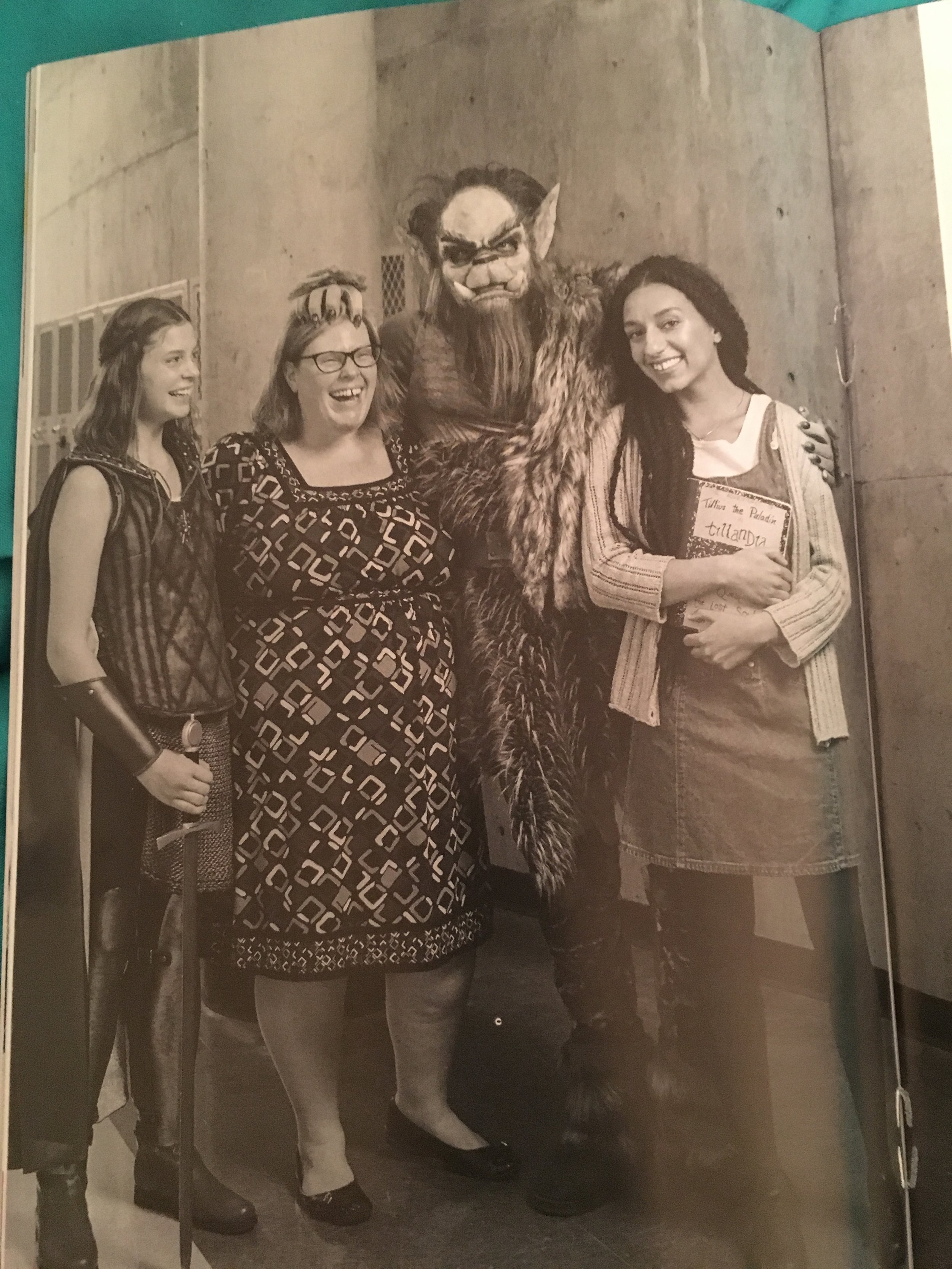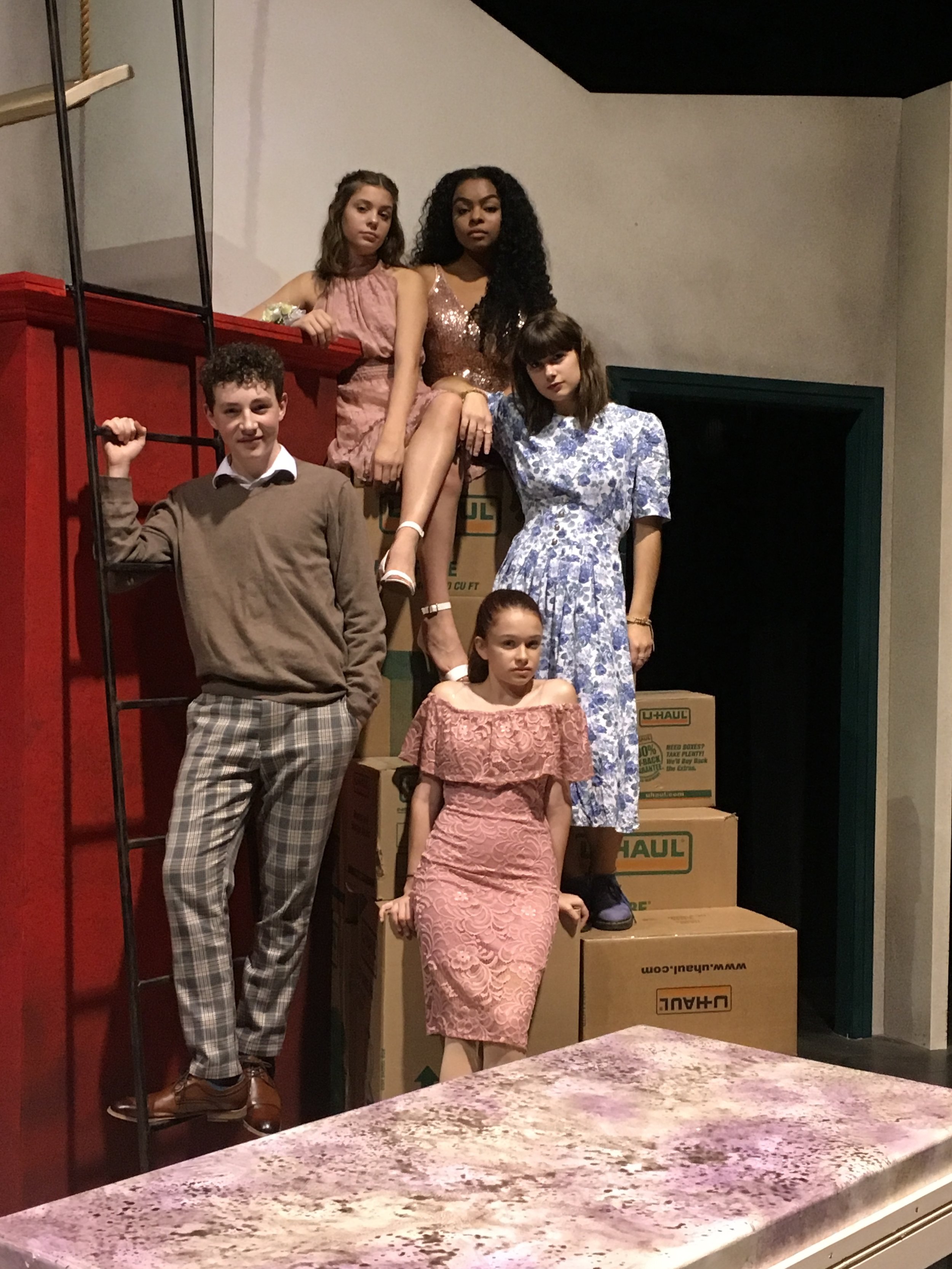DIBS checks back in with Beth Thompson, Shelterbelt Theatre’s Artistic Director, in Omaha, Nebraska to chat about the art of directing.
DIBS: What is a director's job?
To assemble the best possible people to tell the story. Whether you are able to pick your own design team or have one assigned to you, the director's job is to make that table a comfortable, exciting and inspiring place to work together. Casting is half the battle; if you are able to cast performers whom you see bring the story to life in auditions and carry that energy forward in the work, then your job will be much easier. This is not always the case but if you can help your actors grow throughout the process then you have done your job.
DIBS: What do you think it takes to direct?
A detailed eye of the whole picture. You should have a good idea of what you want the audience to feel when seeing your show. I love collaborating with the design professionals and working together to create what the show will look and sound like. I am a director who prefers to let the team’s creative juices fly and then discuss any issues that come up from there. Dictating what "I want" to designers can stifle their artistic expressions and that is not what theater, or any art form, is about. I also believe that you have to know how to talk to your actors and how to bring the most out of them. Each person responds differently to taking direction, working out a scene and notes so you have to be able to read early on what they need and adapt to each personality. This is tough and can be a lot of work but ultimately, I believe you will get the best work out of them when handled correctly.
DIBS: In your opinion, is the director suppose to adjust to how actors take direction or is it the actors job to adjust how the director gives direction?
That is a phenomenal question! Mostly, because you would get a different answer from each director you ask.
I can only speak to my approach, which is meeting somewhere in the middle. I expect, and in some cases require, a lot from my actors and am clear from the beginning of the process what those exercises are and how they will be utilized to the benefit of the story later on. Actors require different things from you and I do believe a good director will pick up on those signs and direct accordingly. For example, my last show had 14 actors ranging from ages 14-31 with varied levels of experience. Some of the younger actors called for a more reassuring, confidence inspiring and back to basics approach to their character work while the more veteran actors found their voices through exploration and being encouraged to fly more free and give us some choices to work with. I prefer to collaborate on creating characters with my actors as I have cast them for a reason. Something about their artistic expression through this character intrigued me so why would I want to squash their voice with the performance that might have been in my head for a few months. While I hope to cast someone who shares my take, I am often pulled in by an actor who sees another side that I may not have seen and the idea of melding these together excites and inspires me. Actors are artists, not robots.
DIBS: Why were you drawn to directing?
I fell in love with the idea of telling the entire story. As an actor, I was able to concentrate on my role and how to handle that but directing allowed me the challenge of the entire process from reading a script to opening night. I fell in love with the process of putting a project together from start to finish.
DIBS: What qualities make a successful director?
This is a big question! (laughs)
I believe a director is successful if their work speaks to people; this can happen in a variety of ways but if the work is not affecting audiences then what is the point. I also believe that the way they treat their actors, designers, and crew is important as theater is not made in a vacuum and while one can tell stories by themselves, it generally is not as electric to watch. Collaboration is the word that keeps coming back to me as it truly takes a village and if designers or actors don't want to work with you then you are sunk. Too many people confuse directing with dictating and thus the work suffers.
DIBS: How important is communication in a theater?
Communication is EVERYTHING in theater. The point of any art form, that is shared with the public, is to communicate something otherwise that artist would just stuff their art in a closet somewhere and let it rot. I believe it is an artist’s responsibility to keep the dialogue of what is happening in society alive and to use their voice to share that message. We also have the unique ability, in theater, to encourage empathy as our audiences “take a ride in others’ shoes” for a few hours. If you can relay a message while they are in your seats, whether they agree or not, they will most likely discuss and that is the greatest thing art can do.
DIBS: What is a misconception people make about directors or directing?
That the director knows it all, and from the very beginning. Preparation is key but I think that it is valuable to continue to discover things about the characters or story via your actors. Allow them to make choices and to show you the aspects that you didn't see before. I always say at the first read through that "right now, I know these characters better than you do but by the end of this process you will know them better than anyone" and that is exactly how it should be. I require my actors to make up their own character bios, whether we are working on a new script or an established one, as I find that this gives depth to what they are exploring and ultimately deciding.
Also, the designers will pick up on things you may have missed as they are analyzing the script in a different way, so never disregard what they see or hear just because you didn't think of it.
———
Beth Thompson is a director, actor and has been the Artistic Director of the Shelterbelt Theater in Omaha, Nebraska since 2013. She graduated with a BA in Theater, with a focus in acting and directing, from the University of Nebraska-Omaha in 2012. Favorite directing credits include Neighbors, Lovers and All the Others, Revelation, The Singularity, In The Jungle You Must Wait, The Other Sewing Circle, Abby In The Summer and Psycho Ex-Girlfriend for the Shelterbelt as well as Tigers Be Still and A Bright New Boise for the Omaha Community Playhouse’s 21& Over reading series. Favorite roles include Nan Carter in Exit, Pursued by a Bear (OCP's 21 & Over), Dale Prist in 5 Lesbians Eating a Quiche (Shelterbelt), Mom/Ms. Speigel in Dark Play or Stories for Boys (UNO), and Mrs. Hermannson in Eric Hermannson's Soul (Lone Tree Theater Project) which toured to both the Kansas City and Edinburgh Fringe Festivals in 2011.
Beth, and her work, has been nominated for both Theater Arts Guild and Omaha Entertainment and Arts awards. She is proud to head the “Before the Boards” reading series, at the Shelterbelt, which presents staged readings of local plays to assist in their development. Her love of storytelling, collaboration and development of new work keep her striving to improve with each new project and learn a little more about herself and the world around her in the process.





